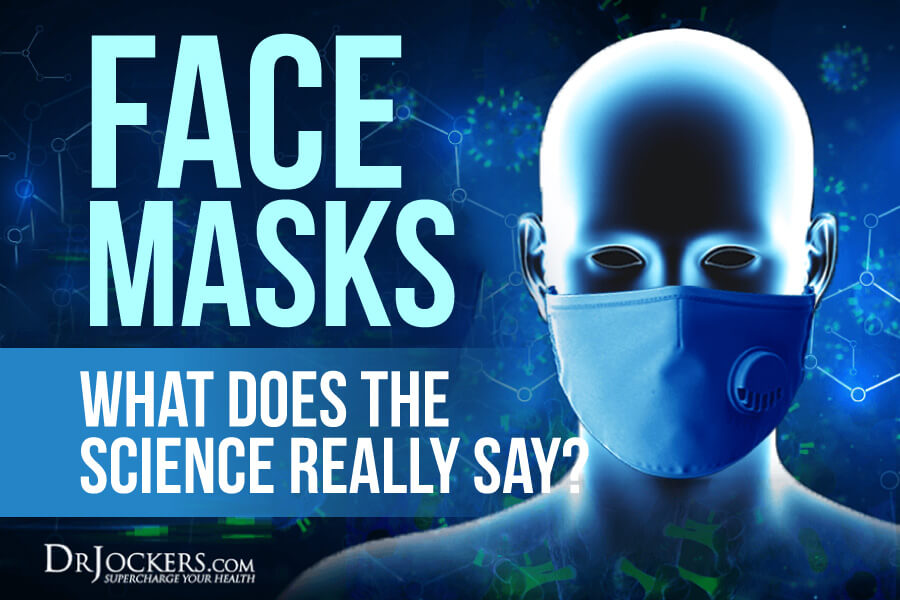 Face Masks: What Does The Science Really Say?
Face Masks: What Does The Science Really Say?
Humans have been wearing face masks for thousands of years as part of rituals, celebrations, and cultural practices. During the plague, plague-doctors began using beak-like face masks as a form of protection. In the early 20th century the early forms of surgical face masks became popular in surgical settings.
Today, we are encouraged to use face masks to protect ourselves from infectious diseases and in some parts of the world, from pollution. Even though face masks are ‘in’ and may even turn into a new fashion accessory, you may wonder about their effectiveness against germs and illness. This is what I am going to discuss here going over some scientific facts related to face masks, infectious diseases, and your immune system.
In this article, I will go over the history of face masks. I will discuss virus transmission and the role of face masks in surgical settings. I will go over existing research on the effectiveness of face masks, including cloth masks, surgical masks, and N95 masks.
You will learn about the potential effects of face masks on your physiological and psychological health. I will talk about the reasons why many people wear face masks. I will discuss the importance of our immune system and the role of the natural killer cells when it comes to fighting infectious diseases. Lastly, I will share some simple steps to help you improve your health.
The inspiration for this video came from the in-depth research and analysis done by Shawn Stephenson and the Model Health Show and the great video they put together on this topic.
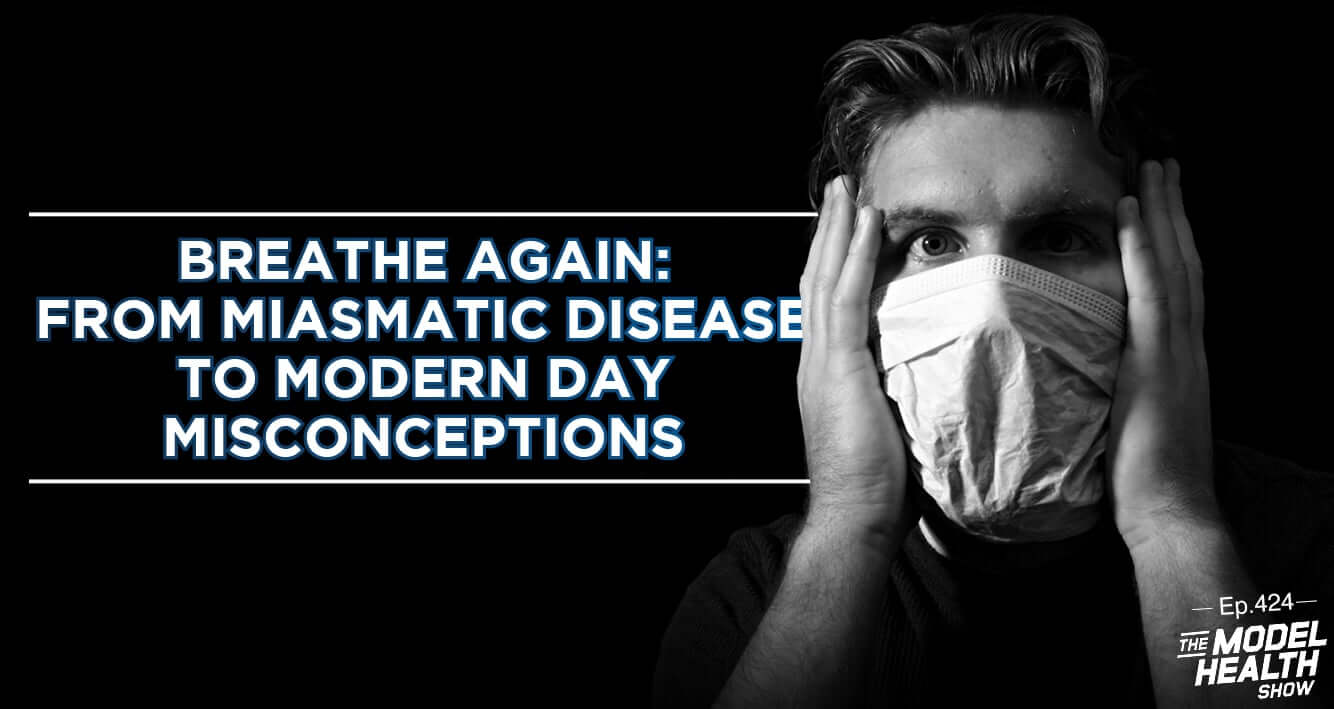
The History of Face Masks
Back in the 1600s Charles De Lorme, a doctor who was taking care of the health of European royals, including King Louis XIII and Gaston d’Orléans, son of Marie de Médici, created the first mask and hazmat suit. He and other so-called plague-doctors at the time were wearing an unusual outfit including a scented wax-covered coat, goat leather gloves and hat, tucked in shirt, and breeches connected to boots.
The outfit also included a strange face covering with a long bird-like beak. Doctors at the time believed in the miasmatic theory that disease was caused by ‘bad air’. These long beaks were stuffed with spices and herbs allowing doctors to breathe in so-called ‘good air’. These plague-doctors also carried a long cane so they could examine people without touching them or getting too close.

Germ Theory of Disease
While catching a disease from ‘bad air’ may sound funny to us now, the miasmatic theory didn’t completely disappear until the early 20th century. By that time the germ theory of disease popularized by Louis Pasture was a commonly accepted idea. The germ theory of disease is still the current theory that modern medicine is based on.
The germ theory of health believes that germs or pathogens can lead to disease. These pathogens are microorganisms, such as bacteria and fungi, and non-living pathogens, such as viruses. These microorganisms are not visible to your eyes without using magnifications.
They can invade animals and humans and cause disease by growing and reproducing in their bodies. Diseases caused by germs or pathogens are referred to as infectious diseases. It believes that we should protect ourselves against germs and pays little attention to the health of our cells and the strength of our immune system, instead, the theory focuses on the idea that disease from germs can strike at anybody. The main emphasis of the germ theory of health is avoiding or the killing of germs.
By the early 20th century doctors began to wear preliminary versions of surgical masks to protect their patients from disease. Over time, wearing surgical face masks became common practice in operating rooms, and other hygienic practices were utilized in surgical settings along with face masks to prevent infections, reduce complications, and protect the patients (1).

The Effectiveness of Face Masks in Surgery
While this became a commonly accepted practice, some scientists became curious to see whether or not surgical face masks were effective in lowering infections. You may be surprised to hear that several studies found no difference between wearing a face mask or not wearing a face mask when it comes to infection rates in surgical settings.
A 2016 meta-analysis examining 3 studies from 1986, 1991, and 2010 found no statistical difference between the two groups during a clean surgery. A 1997 study noted that there are no standard testing methods evaluating the effectiveness of face masks and wearing face masks may not even be necessary in all cases in surgical settings. A 1991 study found that wearing face masks for un-scrubbed staff may be unnecessary in some cases.
A 1989 study examining 504 patients undergoing percutaneous left heart catheterization found no infections during non-mask surgeries and found no evidence that face masks and gowns are necessary during heart catheterization surgery. Lastly, a recent 2020 article on the Center for Infectious Disease Research and Policy also discussed the lack of evidence of face masks. It looks like that during a clean surgery when proper hygiene techniques are otherwise practiced and the operating room is clean, surgical masks may not be necessary at all or at least in some cases (2, 3, 4, 5)
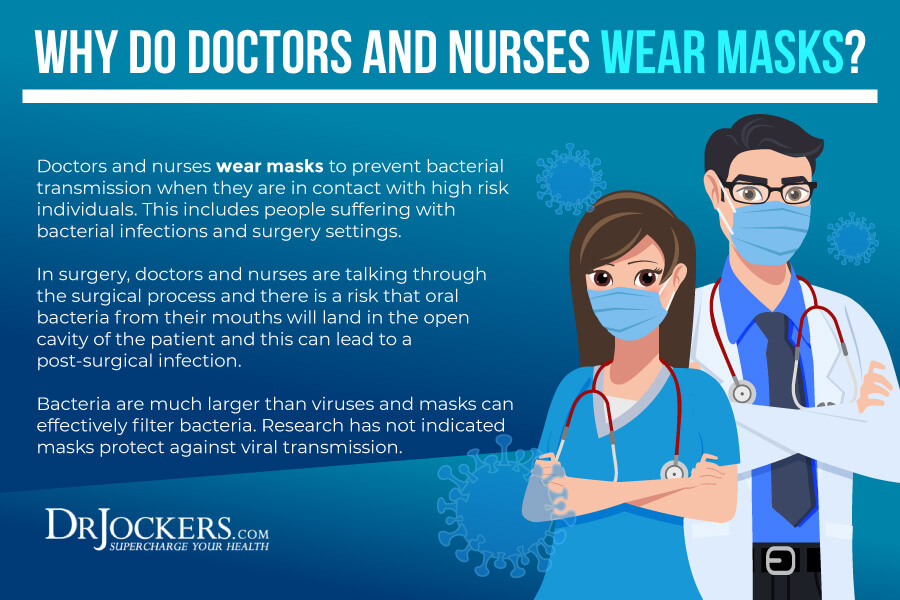
Mask Effectiveness
Despite these research results, face masks are commonly used in and outside of medical settings as a result of habit, ritual, or lack of awareness of these scientific findings. Most doctors don’t question the use of surgical masks and believe that they are necessary in medical settings.
How about outside of medical settings? Surgical masks were developed to be worn during surgery, yet, nowadays people are encouraged to wear them to prevent the spread of infectious diseases. Depending on your state’s current regulations, face masks may be mandated in certain setting or even at all times in indoor settings and in some cases, even outside. But are face masks effective for the general public when it comes to infectious diseases? Let’s look at what the research says.

Face Masks and Virus Transmission
While covering your mouth seems like a logical way to stop the spread of illness, viruses and bacteria are much sneakier than that. A single strand of hair is about 80 micrometers. That is tiny. Now imagine that a bacteria, at only 2 micrometers, is 40 times smaller than that.
A virus is even tinier. Between 17 and 140 nanometers you can fit hundreds and in some cases, thousands of viruses into one 2 micrometer bacteria cell. If you consider this, you may start to question the effectiveness of surgical and other face masks. The size of the tiny pores on your face masks is much larger than a virus and in some cases than a bacteria. Viruses can get through these pores without a problem.
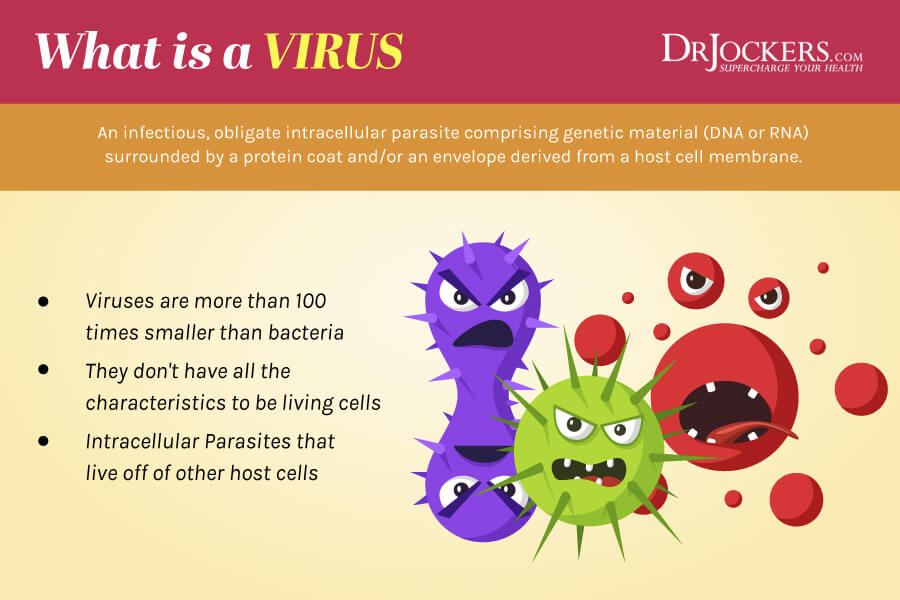
Viral Travel Through Aerosols and Droplets
However, viruses travel from our body’s not individually but through aerosols and droplets. Aerosols and droplets are leaving your body all day long as you are breathing, talking, sneezing, or coughing. These aerosols and droplets contain a large number of bacteria and viruses even when you are not sick. Yes, as you are reading this article, aerosols filled with viruses are leaving your body through your breath. This is part of human life.
A droplet is about 5 to 10 micrometers in size, therefore it can be caught in a face mask when you are breathing or coughing. If you are not wearing a mask, these droplets will drop to the ground. As they drop, these droplets open up releasing the viruses and bacteria allowing them to be transmitted through the air. Aerosols are smaller than droplets. Instead of dropping to the ground, they evaporate faster and allow viruses to stay in the air for several minutes or several hours.
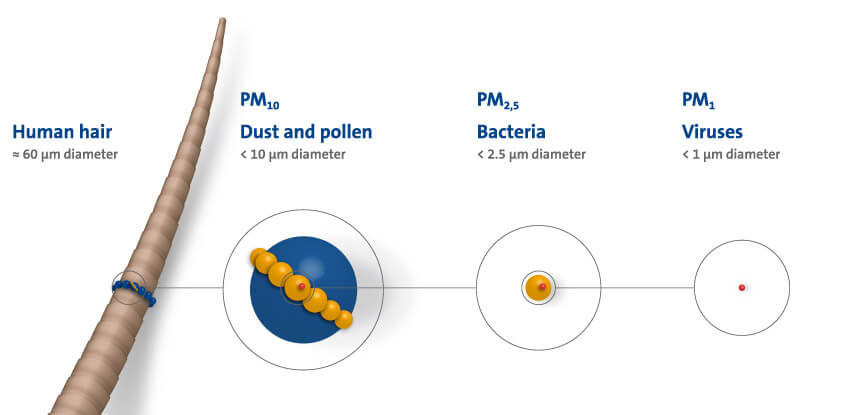
Face Mask Details
Since surgical and other face masks can stop droplets and aerosols, they may protect others when you are sneezing or coughing. Wearing face masks may also keep you from touching your face, mouth, nose, or even eyes with your hands that may have virus particles on it.
However, face masks cannot protect you from viruses that can be found in the air. Small virus particles and even bacteria can slip through the pores of the face mask without any problem. Surgical and other common face masks are also loose-fitting, which means that they do not offer full coverage and still allow droplets, aerosols, and viruses to escape.
While face masks reduce the forward escape of droplets and aerosols, they can and do still pass through on the sides, top, and bottom of the masks, and in some cases, even though the mask itself. Protecting others from forward-falling droplets may seem little when you know how tiny and sneaky viruses can be.
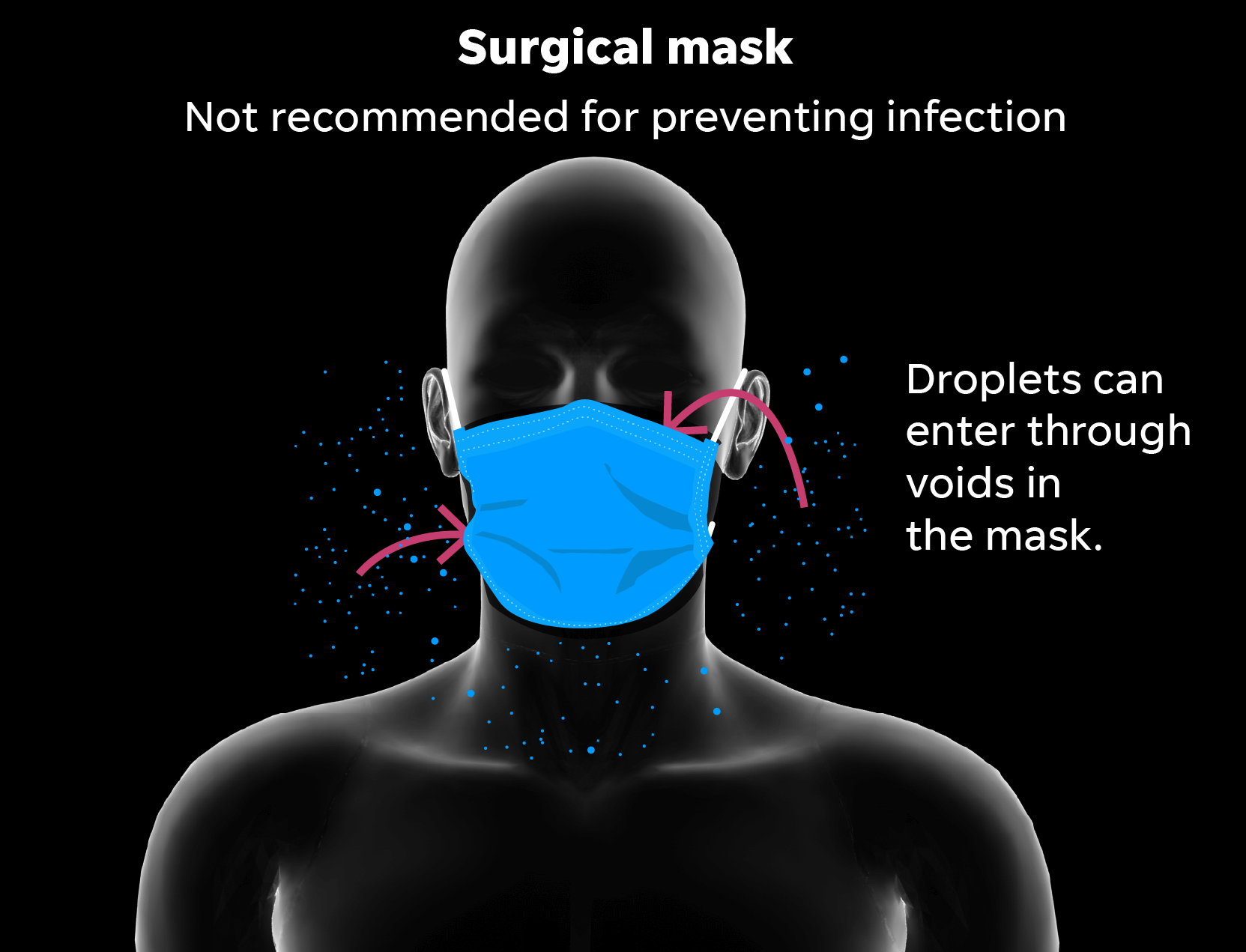
The (In)effectiveness of Face Masks
Face masks do not offer full coverage. Even when you are wearing a mask, you are still spreading viruses and bacteria to the community and have the risk of breathing in viruses or bacteria through the air. Viruses can stay in the air for a couple of minutes or a couple of hours increasing your risk of walking into them and breathing them in, especially in indoor and poorly ventilated settings.
As a 2009 research explains, it can take only one single virus particle to get infected. A 2020 study also found that there is a risk of breathing in aerosols even from a distance, especially in enclosed spaces with poor ventilation inside. But how does this relate to face masks and how does it play out in the real world? There is a science to explain that for us (7, 8, 9).
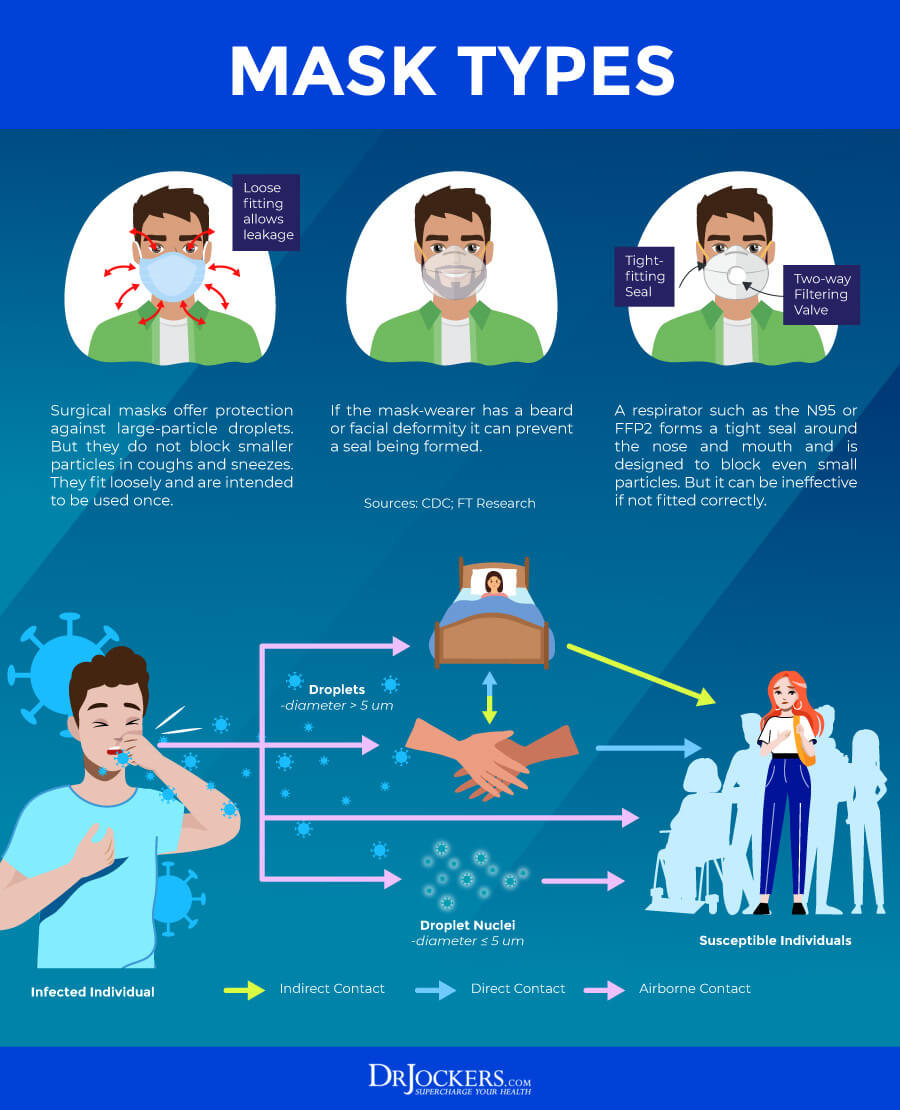
Cloth Masks vs Surgical Masks
According to a randomized peer-reviewed 2015 study in 15 hospitals, face masks may not be as effective as we are told. The participants were randomized into three groups; one wore medical masks, the second group wore cloth masks, and the third group was told to use general practice which meant wearing a mask sometimes or not wearing a mask at all. While some participants in all groups caught some infections, those wearing cloth masks were 13 times more likely to get sick than those wearing a surgical mask.
The cloth wearing group also had significantly higher infection rates than those in the control group only occasionally wearing a mask or not wearing a face mask at all. This indicates that wearing cloth face masks may have a higher risk of infections than not wearing a mask at all. According to researchers, moisture-retention and poor filtration made cloth face masks less effective and potentially more risky than surgical face masks or not wearing a face mask at all (11).
The results suggest that cloth face masks should not be recommended because droplets and aerosols can stick to the masks helping microbes to colonize Despite these results, face masks are increasingly encouraged. They are sold by companies to the general public and thousands are sewing their own cloth masks at home (10).
What’s more surprising is that not only cloth face masks but other face masks create similar problems and risks when it comes to moisture and airflow. According to a 2015 study, moisture accumulation when wearing a surgical face mask may reduce airflow and facilitate exposure to microbes. The longer you wear a mask, the higher your risk of these problems. According to a 2010 study, neither medical or cloth masks were effective to prevent the spread of viruses. A 2008 study has found that wearing a face mask did not reduce the risk of catching an infection. (12, 13, 14).
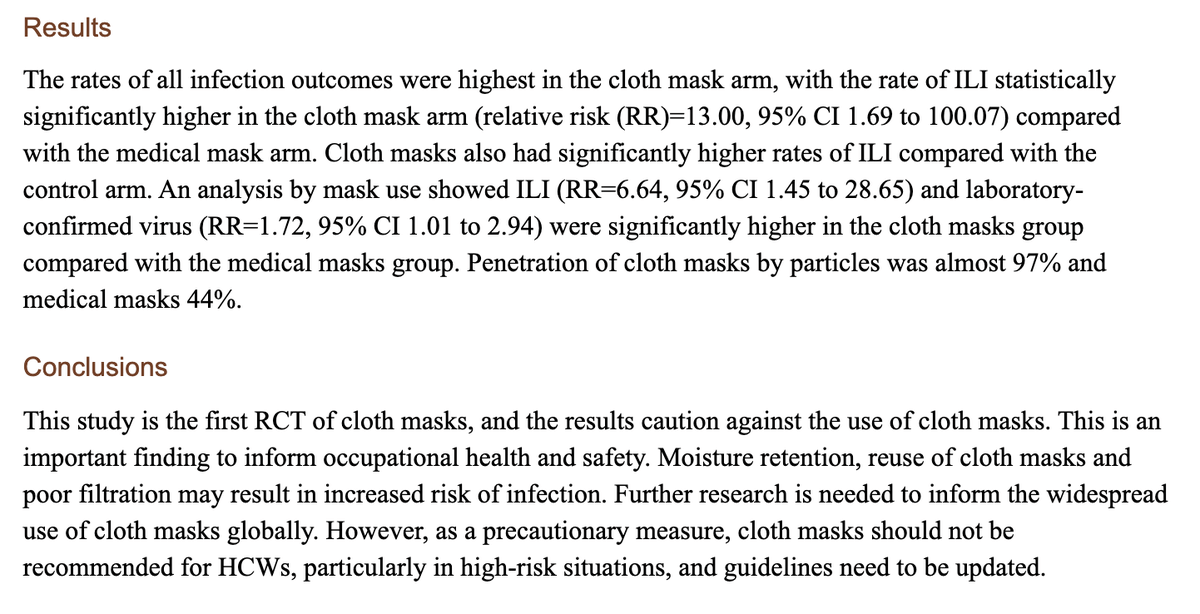
Face Masks Studies Are Ignoring the Real World
Studies done in ‘real world settings’, such as hospitals, tend to conclude that face masks, especially cloth masks and surgical masks are ineffective or offer no scientifically significant benefits. Yet when learning about the effectiveness of face masks, we usually read about lab studies where participants are coughing to a petri dish instead of examining real world effectiveness and real world use in real world settings.
All we hear is that wearing anything is better than something. Many suggest that even wearing a bandana or scarf is okay. However, when you look at the science this seems to be not true or at least not that simple. Yes, research shows that face masks can reduce the forward-spreading of droplets and aerosols, however, the same aerosols and droplets can escape on the sides of the masks. Face masks cannot spread the escape and entering of single viruses from the air. Due to moisture, airflow, and trapped droplets, face masks, especially cloth face masks, may even increase your risk of infection.
One recent headline was tooting the benefits of wearing face masks and their potential to reduce the spread of COVID-19 by 75 percent. That sounds great, doesn’t it? It does until you look at the actual research. The study was done on hamsters. Some hamsters were infected with the virus and were placed in cages next to the cages of healthy hamsters. In some cases, there was a surgical mask between the uninfected and infected masks.
Even though it seems that the masks lowered infection rates in hamsters, this is not a real world study. We are not hamsters living in cages separated by face masks. We are human beings living our lives, working, studying, socializing, and doing activities indoors and outdoors. Face masks do not separate us, they are merely on our face if and when we choose to wear them (15, 16).
Misleading Headlines
This was not the only misleading headline promoting the use of face masks. An article by Texas A&M claimed according to their research wearing face masks prevented 66,000 infections in New York. Yet, if you look at the study, it only looked at how droplets and aerosols travel.
The effectiveness of masks is only an assumption based on the assumption of universal quality, use, and consistency of face masks, the assumption that users did not touch their face, the assumptions that droplets did not escape on the sides of the mask, and the assumption that people did not walk into aerosols hanging in the air.
Again, this is not realistic in the real world. We are human beings living with our own unique bodies, lifestyles, habits, and responsibilities and we are not living in a lab either. The study also assumed that face masks work despite studies showing otherwise.
They also ignored the potential benefits of the stay at home orders that were in place during the study. Again, they simply missed to look at the real world situation that was going at the time and choose to single-focus on masks and their assumed-effectiveness (17)
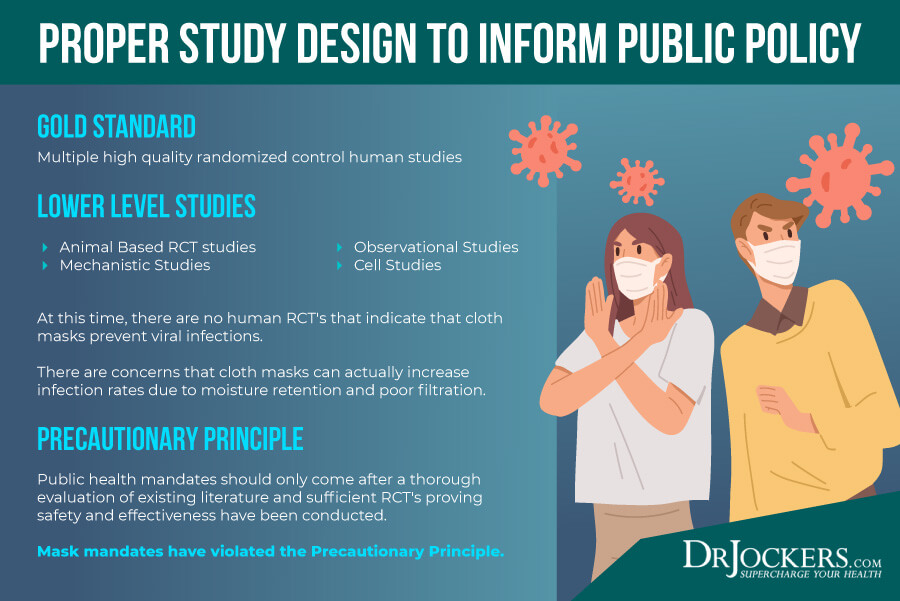
What About N95 Masks?
You probably gathered that based on scientific evidence, cloth masks and surgical masks are not as effective as we were told. What about N95 masks? They must be perfectly safe and effective, right? After all, we are told that N95 masks are the best out there and doctors wear them on the infectious disease wards. In fact, they are difficult to come by as they are being saved for our doctors and hospitals. You may be surprised to learn that while N95 masks are certainly more effective, they are far from perfect and hold their own problems as well.
Virus particles are between the size of 17 and 140 nanometers. The N95 mask filters about 85 percent of particles smaller than 300 nanometers. This indicated that the N95 is, in fact, more effective than surgical or cloth masks. However, hospital studies indicate that N95 masks are not as effective as we think.
A 2009 study found no difference between the effectiveness of surgical and N95 face masks when it comes to infections. About half of nurses in the study got sick whether they were wearing a surgical or a face mask A 2017 study on respiratory infections of healthcare workers found that N95 face masks are more effective over surgical masks.
A 2016 systematic review of six studies found that N95 masks were not more effective than surgical masks when it comes to viral infections though they offered less filter penetration, less face-seal leakage, and less total inward leakage that surgical masks in a laboratory setting. As you will soon learn, the N95 mask can also restrict your breathing and may have a negative impact on your physiological and psychological well-being (19, 20, 21, 22, 23).

The Effects of Face Masks on Physiological and Psychological Well-Being
Let’s put aside the ineffectiveness of face masks when it comes to protecting us against viruses for a moment. Let’s talk about other physiological and psychological implications of face masks that we need to be aware of and address. Face masks may seriously impact our physiological and psychological well-being.
The Effects of Face Masks on Physiological Well-Being
The studies we discussed regarding the low-effectiveness or ineffectiveness of face masks are not lab studies, but real world studies that show how masks actually work. Even studies that show benefits of wearing face masks bring up some concerns. In research when N95 masks show effectiveness, participants were asked to wear them all without taking them off. Not only that masks, especially N95 masks, can be uncomfortable, wearing them for a long time can cause problems.
The longer you wear an N95 mask, the more it can affect your well-being. According to a 2004 study on the physiological well-being of participants wearing N95 masks for a longer period of time. They found that 75 of these participants experienced lowered partial pressure oxygen, which is incredibly dangerous. A 2016 study on pregnant healthcare workers wearing N95 masks also found that wearing these face masks significantly reduced their respiratory rate and increased their chest discomfort and respiratory distress even after only 15 minutes of low-intensity activity (24, 25).
A 2006 study has found that just 20 minutes of wearing a close-fitting mask compromised breathing due to re-breathing. This can impair both cognitive and psychomotor abilities. A 2013 study has found that masks can lead to rebreathing causing fatigue, headaches, and weakness. Headaches associated with N95 face masks are fairly common. According to a 2008 study, even surgical face masks can lead to deoxygenation. A 2011 study, wearing a mask can increase anxiety, elevated stress hormones, panic attacks, and false suffocation signals due to reduced breathing (26, 27, 28, 29).
You may have already experienced some of these negative effects as I have heard from many of my followers about increased fatigue, headaches, heart rate, dizziness and anxiety with the use of masks. If you choose to wear a mask, be sure to follow the instructions laid out by the folks at PN Medical on how to combat the negative physical health impact of wearing a mask.
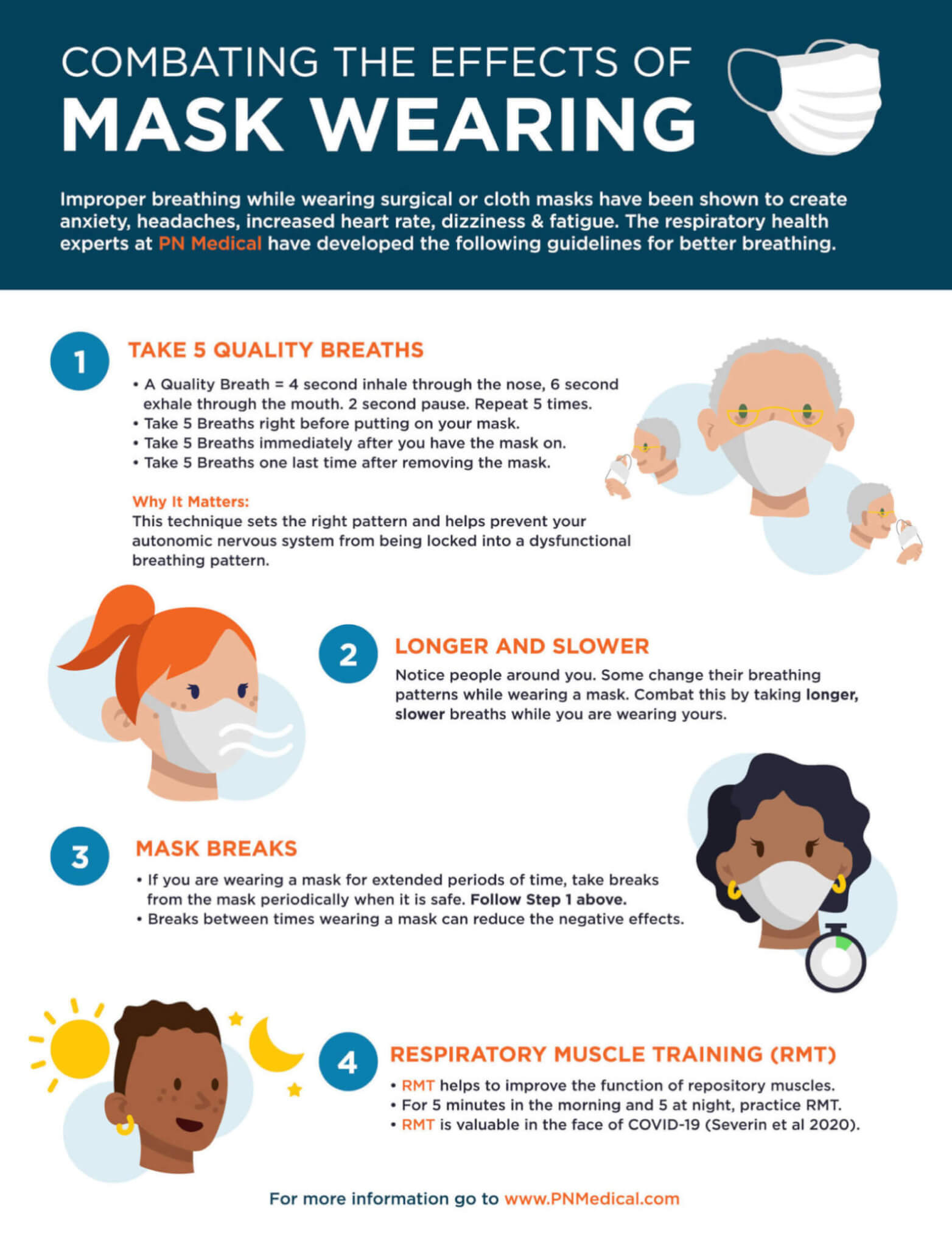
The Effects of Face Masks on Psychological Well-Being
Face masks not only impact our physiological well-being but our psychological well-being as well. According to a 2014 study, seeing faces is critical for us to feel safe, to feel connected, and to communicate. Once we see masks, we cannot read other people which may lead to a fear response. Many of us associate masks with danger, threat, and fear. This is something we have learned throughout our lives and through generations.
This fear is in our subconscious and can be an automatic trigger that is hard to control even if we know that people in protective face masks are not dangerous. For children, the psychological impact of face masks can be particularly problematic. According to a 2020 study has also shown that the pandemic and social isolation have already affected our children’s well-being (30, 31).
Our psychological response to face masks is also deeply connected to our physiology. Our body’s physiological experiences and reactions can activate psychological stress, anxiety, panic attacks, and fear. A 2005 found study has discovered that wearing a face mask may make breathing difficult which increases stress and over-stimulates our flight-or-fight system. Research has also shown that this abnormal stress due to wearing a mask and reducing your ability to breathe actually lowers your immune system as well (32).

Why Do We Wear Face Masks?
Science shows that face masks are not as effective as we commonly believe and may also lead to physiological and psychological consequences. So why do we wear them? Are they really that bad? Doctors wear them all the time, after all.
The truth is doctors wear face masks out of habit and as a ritual. Many never question their effectiveness and need. Rituals can lead to cognitive biases that can prevent us from rational thinking. Even if we see evidence that shows that we are wrong, we prefer to ignore the new data and stick to our beliefs. If the issues and beliefs are emotional, self-serving bias comes into play as well that automatically discards anything that doesn’t fit the emotionally-charged belief.
It is critical that you are aware that you have cognitive bias and self-serving bias – we all do. Knowing this, you have to consciously seek out evidence that may be against your current belief to get the full picture and check if the other side is wrong.
In some cases, you will find that your belief is scientifically-backed and correct, in other cases, you may have to realize that scientific-evidence suggests that you were wrong, and in other cases, you will realize that the truth may be somewhere in-between. But it is important that you look at the scientific evidence and examine the issue from all angles. This is your best chance to find the truth. The World Economic Forum put together a great article outlining all the various forms of cognitive biases that impact our thinking.

We All Desire to Fit In With a Group
A 2018 study has also shown that we all want to fit in and belong. This is a human instinct directed by our social instinct. Within a social construct ‘groupthink’ can develop which means that the thoughts and ideas of others may affect your own thinking whether it’s true, rational, or not.
These group beliefs often come from care and love, yet they may be irrational or harmful. In our modern world, we may also be influenced by celebrity politics, which means celebrities and famous people influence your thinking. Additionally fear, personal beliefs, ulterior motives, and passivity may affect your thoughts and beliefs. We all deal with some or all of these biases, so it is important that we are aware of our biases and use our critical thinking skills (33).
This is not only important when thinking about the pros and cons of wearing a face mask, but when thinking about or debating any other topic. Whether it is about your diet, health, lifestyle choices, education, societal issues, or anything else, it is important that we are aware of our own biases and the lenses we wear. Examining the scientific data and using an objective eye is critical to find what’s true and making the choice that’s right for you. Reading this article, I encourage you to ask questions, continue doing your own research, and listen to science.
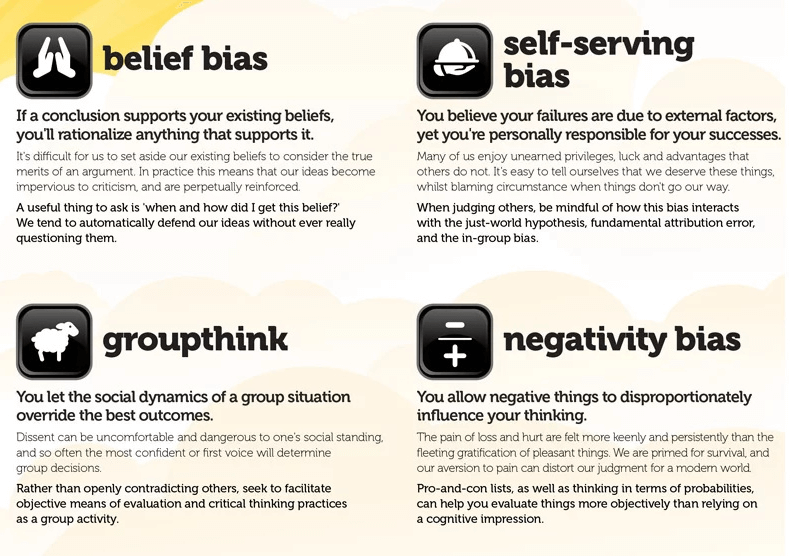
How Can You Protect Your Health?
The scientific data suggests that wearing face masks in everyday life is not effective. But if face masks are not the answer, how can we protect our health? It’s a great question, and again, we have to look at the scientific evidence.
Viruses and infectious diseases are not new. In fact, not only that millions catch the flu (influenza) each year, but 650,000 people die from it every year, not including death from flu-related complications. Flu vaccines are not effective and year after year many catch it even if they were vaccinated. Yet most of us don’t look at the flu as a big deal, don’t wear masks, and don’t worry about it too much (34).
It is natural to feel nervous about a new virus, especially since it’s all over the media. It is natural to hope for a cure or an effective vaccine. But let’s face it, we don’t have the flu figured out. There hasn’t been a vaccine or a pill yet that would magically eradicate the flu. There is a chance we won’t figure out or eradicate COVID-19 either. It is a virus that also mutates making vaccination and eradication difficult. To protect our health, we may have to look at the issue from a different angle and look at what the data suggests.
There is one thing we know: about 90 percent of people who have died of COVID-19 had at least one pre-existing condition, which means that these pre-existing conditions and COVID-19 are comorbidities. Comorbidities mean that several conditions that are strongly related to or are the cause of death.
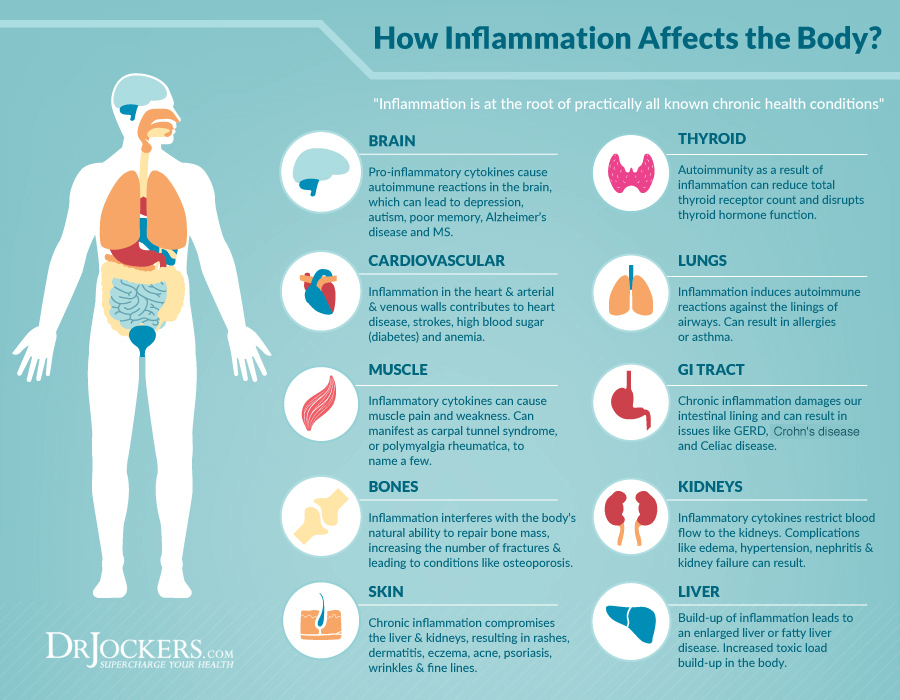
Inflammation and Cytokine Storm
Recent research has shown that the most common comorbidities when it comes to COVID-19 are hypertension, obesity, and diabetes. Coincidentally and not surprisingly, these three health issues are some of the top chronic health issues we are struggling with in our country and around the world (35, 36).
All of these conditions are characterized by chronic inflammation. When your body has elevated levels of inflammation, it over reacts to the virus and damages the surrounding tissues including the lung epithelium.
The problem occurs when your body’s reaction to an infection goes into overdrive. For example, researchers have observed that when the COVID-19 virus enters the lungs, it triggers an immune response that prompts immune cells to fight the virus and to create localized inflammation.
In people who are already suffering from chronic inflammatory conditions, however, the body releases excessive or uncontrolled levels of immune cells called cytokines. This results in a localized hyperinflammation or what is called a “cytokine storm,” that damages the epithelial barrier of the lungs and allows bacteria to travel into the blood stream and further damage the lung tissue making it impossible to deliver oxygen to the cells.

Improving Our Overall Health Is Key
The fact that hypertension, obesity, and diabetes are the top comorbidities of this viral infectious disease suggest that pre-existing conditions make our population more vulnerable. It seems like a no brainer that we need to make our country healthier.
According to a 2018 study, the main cause of our chronic diseases in the United States is a poor diet. A 2012 CIA report has found that the US has the highest obesity rate among countries with more than 40 million citizens with 200 million people being overweight or obese. There are also nearly 125 million people with pre-diabetes or diabetes-related to lifestyle. Data suggests that we have the sickest and most vulnerable population among industrialized countries which may be one of the reasons why we’ve been affected so strongly by this pandemic compared to many other countries (37, 38).
We have to realize that our poor Standard American Diet (SAD), which is high in refined sugar, refined oils, deep-fried food, artificial ingredients, junk food, and processed food is making us sick and more susceptible to infections diseases that have been and will be going around our world. We have to address the underlying dietary and lifestyle causes of our poor health and vulnerability to disease. We have to improve our immune systems to improve our health and well-being.
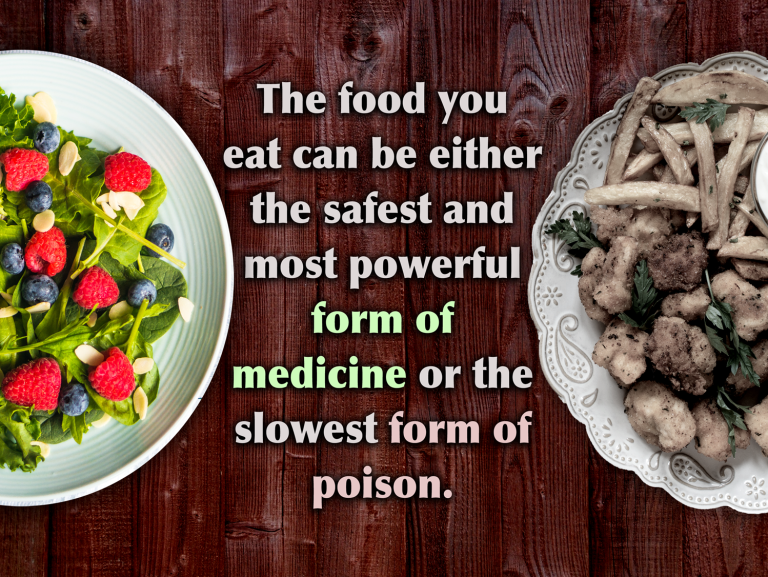
The Role of the Natural Killer Cells and Our Immune System
Looking at data from the current pandemic, people who had mild or no symptoms after contracting the virus, got over the infection so easily because of the great function of their immune system. Our immune system is built to fight infections and foreign pathogens.
When it comes to COVID-19, our natural killer (NK) cells are specifically important. A recent study shows that low NK cell count makes you more susceptible to infections. Scientists looking for vaccines and medications for the infection are looking at the NK cells as well. The FDA has recently cleared the path to investigate an NK cell-based therapy for COVID-19 (39, 40).
But do we have to wait for drugs and vaccines to improve our NK cells? No. Improving your diet and lifestyle is simple and you can start today. A 2005 study has found that even a simple 30-minute walk can improve your NK cells. According to a 2015 study, sleep deprivation can reduce NK cells.
According to a 2012 study, sleep deprivation can mimic the effects of physical stress,, while another study suggests that stress negatively impacts our NK cells. No wonder that a 2013 study has examined and emphasized the importance of counseling about stress during primary care doctor visits considering the negative impact of psychological stress on our health (41, 42, 43, 44, 45).
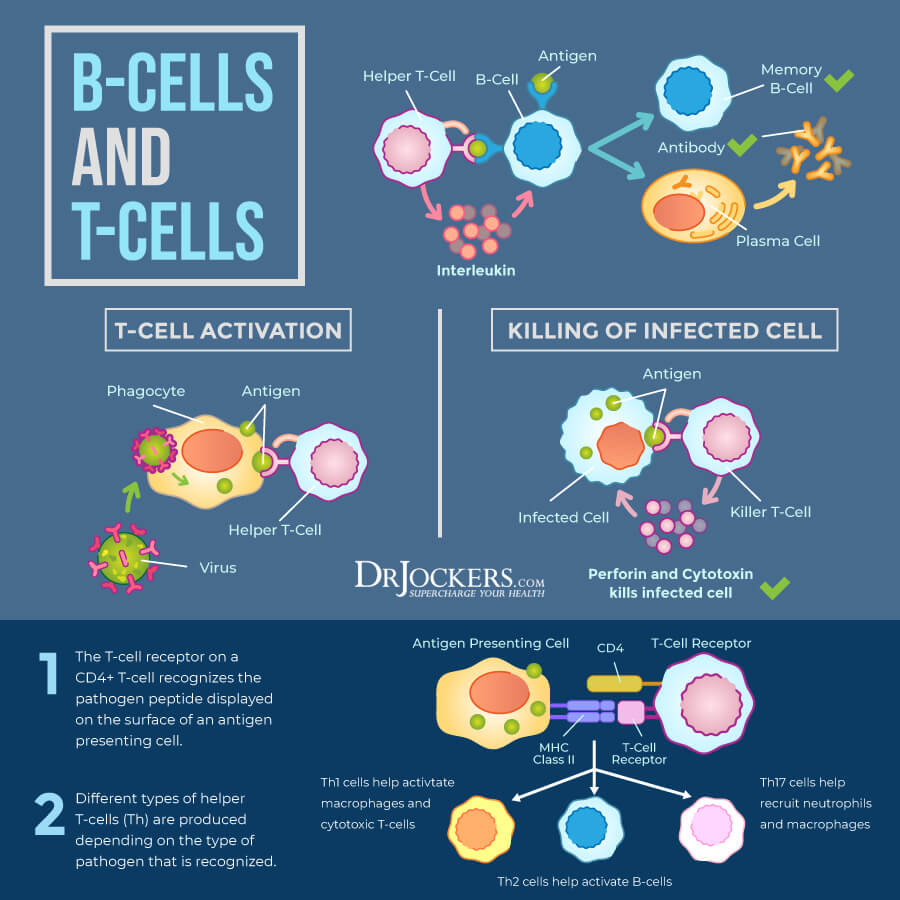
Steps to Improve Your Immune System and Health
You need to take care of your immune system more than ever. There are some simple and basic steps you can take to benefit your immune system and well-being.
- Go outside and move: Your body needs fresh air and exercise is good for your immune system. Go outside and breathe in the fresh air. Try some breathwork and spend time in nature. Go for a walk, hike, or exercise.
- Eat healthy food: You need to take care of your body by eating healthy food. Your cells are made from and with the help of the food you put into your body. Remove refined sugar, refined oils, junk food, and processed food. Load up on greens, vegetables, low-glycemic index fruits, herbs, spices, healthy fats, and clean protein.
- Hydrate well: Good hydration is critical for your health. Start your day with 32 oz of water and drink through the day at least 8 to 10 glasses total. Make sure that you drink clean, purified water instead of tap. Use glasses, glass bottles, aluminum bottles, or ceramic mugs instead of plastic bottles.
- Get proper sleep: Your immune system needs sleep to stay healthy. Get at least 7 to 9 hours of good sleep regularly. Too much stress is terrible to your immune system.
- Lower your stress: Lower your stress levels by practicing gratitude, prayer, meditation, breathwork, journaling, positive affirmation, and mindset changes.
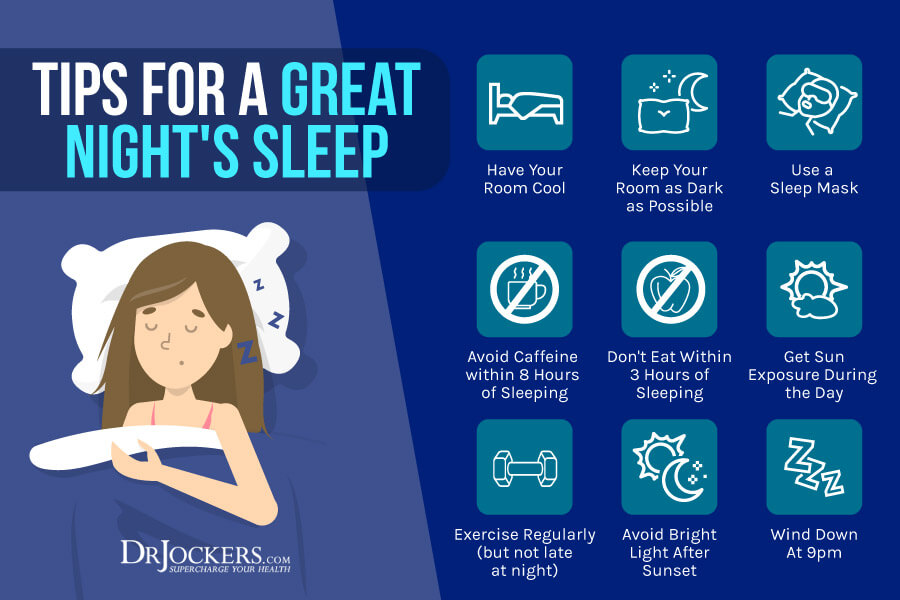
Final Thoughts
Our inflammatory Standard American Diet and stressful lifestyle are making us sick, tired, and vulnerable. Chronic diseases are on the rise. We are exposed to viruses, bacteria, and other pathogens regularly. New infectious diseases will pop up.
You owe it to yourself to support your immune system, improve your health, and protect your body. Follow my basic tips: eat right, move your body, drink plenty of water, breathe in the fresh air, sleep plenty, and reduce stress. Take charge of your health and watch your life transform. My team and I are here to support you along the way.
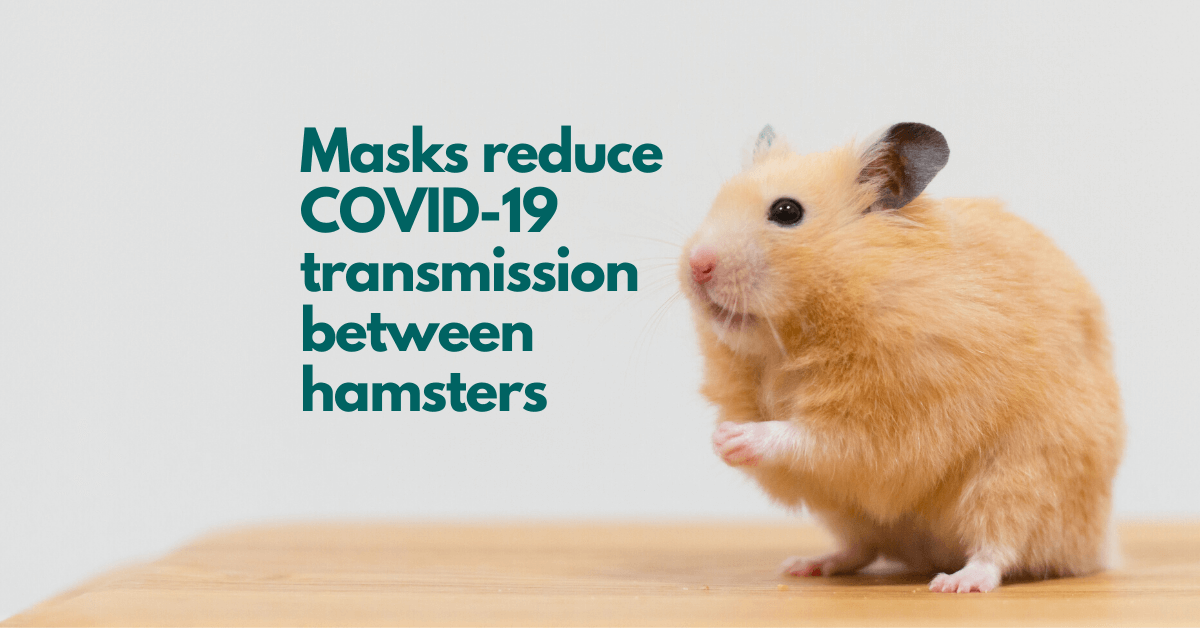



Dr. Jockers, your article on face masks and germ theory was one of the most outstanding, well-researched items I’ve ever read. Thank you for spreading the truth about a healthy immune system. The germ theory has made a lot of people very wealthy but it is outdated by at least two decades, since the discovery of the microbiome. Both doctors and the public need to catch up with modern science.
Thanks so much Kay!
Thank you for alerting us about the efficiency of face masks and also alternatives
to surviving the covid virus. The article was useful and very educational.
Great to hear that!!
I do not buy the germ/virus theory. It’s bogus…disappointed to see that pushed in the “mask” vid.
We don’t push the germ theory, we just highlight it as the prevailing idea behind our current medical model. Here is a great article that compares the germ theory with the Terrain theory of health. https://drjockers.com/germ-theory/
Hi Doctor Jockers,
Your in-depth knowledge of virus is incredibly helpful to those who are ignorant. Many thanks for spreading the awareness on the mask and germ theory in a detailed scientific manner. You are so clear about how every human being can safeguard to remain in good health. Your research is quite evident that our total health and wellbeing depends on the intake of pure food and nutrition with the right lifestyle. Thank you kindly.
Thank you Sunni!! Blessings to you!
This is a lot of words to say were not hamsters.